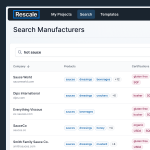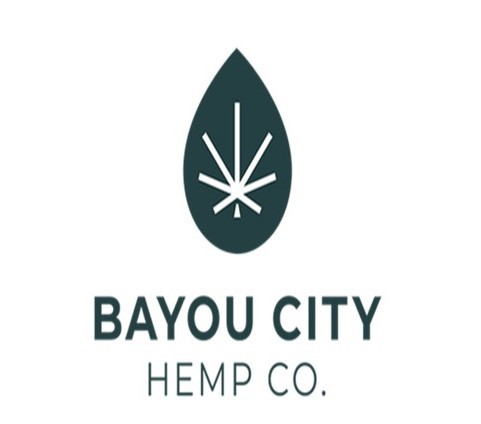SBA Issues Guidance on Affiliation Rules, Uncertainty Remains

After a week when companies, investment firms and trade groups sought clarity as to whether venture-backed companies can receive loans via the newly issued Paycheck Protection Program (PPP), the Small Business Association (SBA) issued further details on Friday. However, while the document does provide some clarification, many questions still remain unanswered.
At question is the concept of “affiliation” — whether an investor-backed company with fewer than 500 employees can qualify for the PPP, or if its pool of employees must be counted alongside(or affiliated with) all other companies their investors have “control” over.
According to the SBA’s update on Friday, that control will go beyond simply looking at ownership percentages.
“Concerns and entities are affiliates of each other when one controls or has the power to control the other, or a third party or parties controls or has the power to control both,” the SBA wrote “It does not matter whether control is exercised, so long as the power to control exists.”
First, and perhaps the most clear cut, is if an individual, company or entity owns or “has the power to control” more than 50% of the company’s voting equity, the SBA noted. However, a minority shareholder can also be deemed in control if they have the ability to “prevent a quorum or otherwise block action by the board of directors or shareholders.”
Next, the SBA will look at stock options, convertible securities and agreements to merge to ascertain if control exists. Although some of these may be future looking, they will be deemed to have a “present effect” on control in many cases. The SBA will also examine management team members (or those who control the management itself) to make sure they do not also control other businesses or boards. And finally, the SBA can find there is affiliation based on close family relationships — for example, “where the close relatives operate concerns in the same or similar industry in the same geographic area,”
The intent of these checks is to safeguard the funds set aside by the PPP, law firm Foster Garvey wrote in an email update to clients.
“The rules try to ensure that non-small businesses do not receive taxpayer-funded benefits intended for truly small, independent businesses,” the email noted.
Meanwhile, even with venture-backed businesses still finding a path forward, brands and banks alike reported difficulty with PPP applications.
Yesterday evening Wells Fargo, which opened its PPP application portal on Saturday, issued a statement that due to regulatory measures, it could only lend $10 billion to small business customers under the PPP. While it will prioritize certain types of businesses, the bank believes it has already received enough applications to exhaust its capacity and, as a result, is no longer accepting loan applications through the Paycheck Protection Program.
“We are committed to helping our customers during these unprecedented and challenging times, but are restricted in our ability to serve as many customers as we would like under the PPP,” Wells Fargo CEO Charlie Scharf was quoted in a release. “While all businesses have been impacted by this crisis, small businesses with fewer than 50 employees and nonprofits often have fewer resources. Therefore, we are focusing our efforts under the Paycheck Protection Program on these groups.”
















